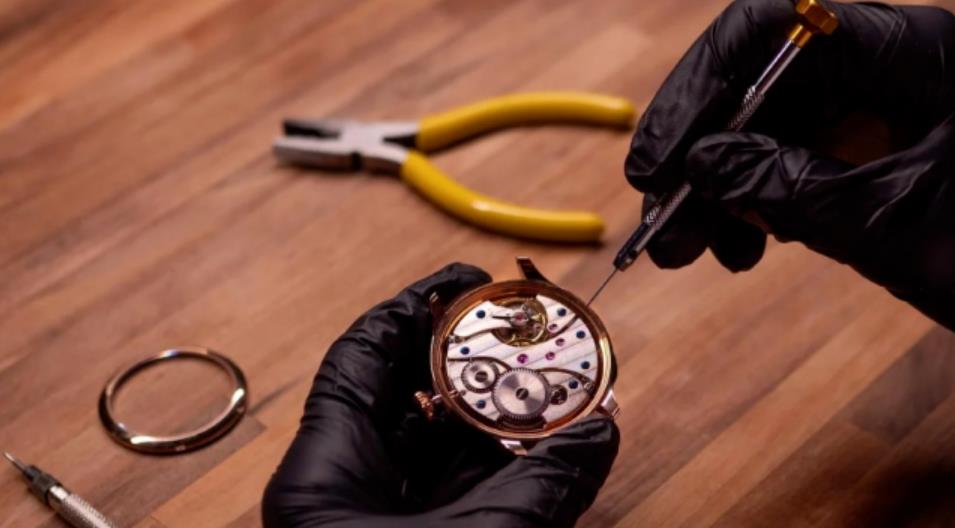Watch manufacturers: What materials are used for custom watches?
![]() Feb 21,2023
Feb 21,2023
![]()
With the development of watches to this day, various technologies have been perfected, and both the appearance and the internal parts are impeccable. Many branded watches use state-of-the-art materials in their watches, both inside and out. They not only make the watch more beautiful but also help improve durability and reduce weight to increase their competitiveness in the watch market. Most people pay more attention to the watch's appearance, while a few people pay more attention to the use of watch materials. As a watch manufacturer, what are the types of watch materials to share with you today?
1. Ruby watch
Before the twentieth century, watchmakers used natural jewels as bearings for wheel trains and other elements susceptible to maximum wear, such as escape levers. These jewels help reduce friction and increase accuracy. In 1902, French chemists established a method of making synthetic jewels, or rubies, which are used in modern watch movements today.
2. Gold watch
Precious metals have been a part of watchmaking since the inception of timepieces. Gold in its various forms, yellow, white, rose, and red, has always been an important material in many parts of watches. The most common place gold is found is in watch cases. Watch manufacturers also use precious metals such as gold in watch movements.

3. Nickel-plated brass watch
Watchmakers use nickel-plated brass for a variety of applications from weaponry to basic nuts and bolts. Nickel-plated brass appeals to watchmakers primarily because it is a less expensive alternative to precious metals and stainless steel, and is more resistant to corrosion than brass. The final quality is crucial to the watch's components and its longevity. In early timepieces, watchmakers used nickel-plated brass for internal and external elements, from the components of the movement to the case.
4. Stainless steel watch
Compared to gold, stainless steel is lighter, corrosion-resistant, and cost-effective. The growing number of stainless steel watches also reflects the watch's evolution in style and destination. Gold is an appropriate material when timepieces are more of a jewelry item and a status symbol.
5. Silicon watch
Now many watch manufacturers replace metal parts with silicon, mainly in the movement. Silicon has many advantages over metals: it is lightweight, temperature-resistant, frictionless, antimagnetic, and harder than metals. Silicon components basically allow the movement to run at a higher frequency, and the result is a more accurate watch.
6. Titanium watch
Decades after stainless steel entered the watch market, titanium came into play. Although titanium is one of the most comfortable materials for watchmaking (and very light), it will never be as popular as stainless steel. While it offers many of the same benefits, such as durability and corrosion resistance, it costs more. However, there are many titanium watches on the market today. Most commonly used in dive and tool watches.
7. Carbon fiber glass watch
Carbon fiberglass, this iteration of carbon incorporates colored glass fibers during infusion at high temperatures. The effect is 100 times harder than steel, resulting in a watch that is truly unique in appearance.
The above are the materials commonly used by watch manufacturers. Different materials are used to make watches of varying quality to meet different customer needs.












